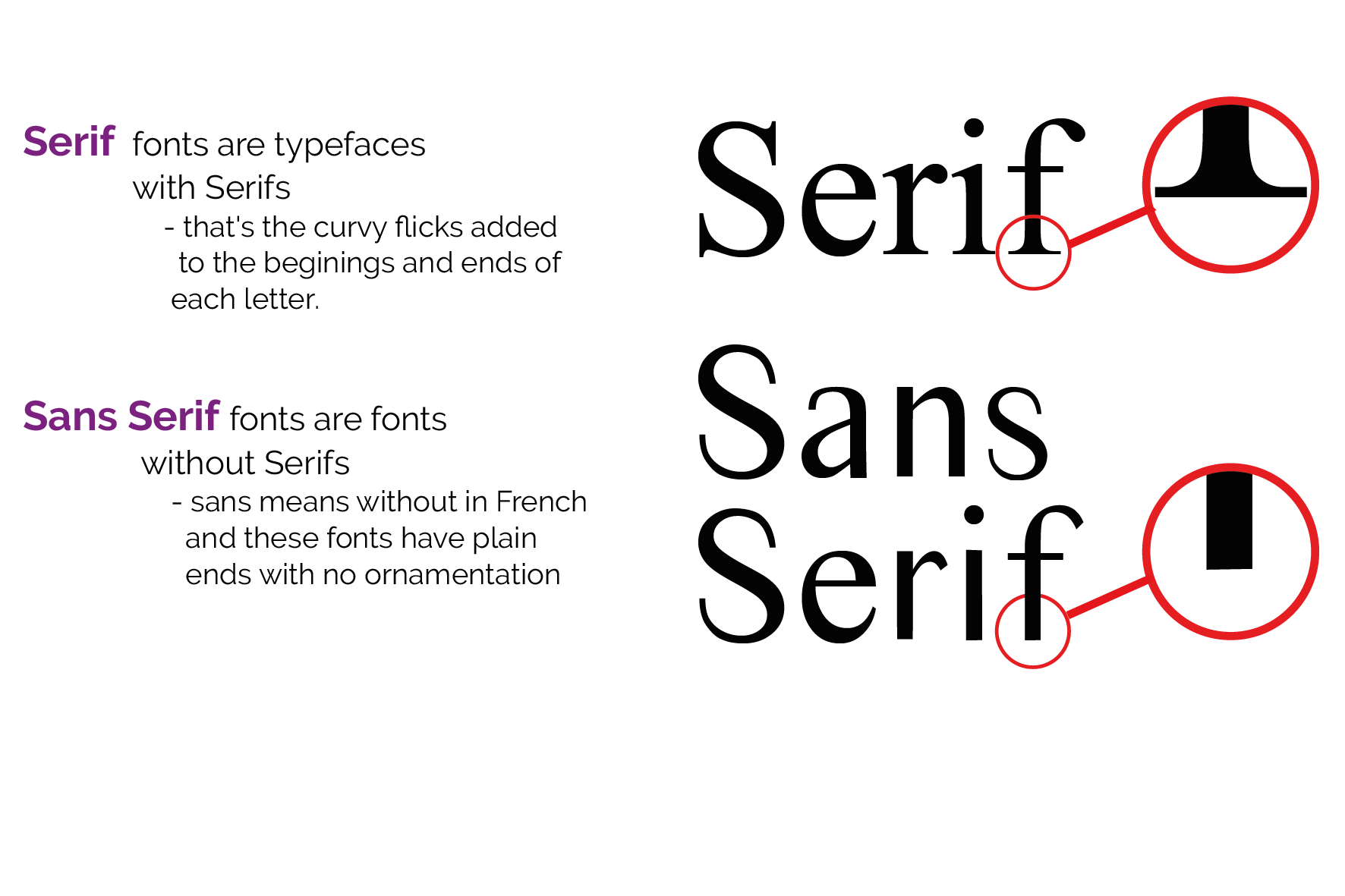F2F Class Notes (Nemo)[W]
Vocabulary
state (n)-WAY OF BEING,┬аa condition or way of being:
E.g.: The stable was preserved in its original state.
E.g.: Your room is in a terrible state.
E.g.: It’s a sad state of affairs (= a bad situation) when our rivers are so endangered.
dilemma (n): 1- a situation in which a difficult choice has to be made between two different things you could do:
E.g.:┬аShe faces the dilemma of disobeying her father or losing the man she loves.
E.g.:┬аa moral/ethical dilemma
serif-a small line that is added to a printed letter in certain typefaces (= particular designs of letters and numbers):
E.g.: Times New Roman is a popular serif font.
sans serif-any typeface in which the letters do not have serifs (= small lines) added to them:
E.g.: I prefer to use sans serif for this kind of information.
atheist (n): 1-цЧачеЮшо║шАЕ
agnostic (n): a person who believes that it is not possible to know whether God exists or not
E.g.: Although he was raised a Catholic, he was an agnostic for most of his adult life.
E.g.:┬аAn agnostic is a doubter.
Pronunciation
atheist-/╦Иe╔к.╬╕i.╔кst/
agnostic-/├ж╔б╦Иn╔С╦Р.st╔кk/
Writing exercise
Some tips for working with visually impaired (lilyl)
Nowadays, more and more people are becoming visually impaired because of overuse of eyes, such as watching too much phone, overwork with computer and incorrect posture of looking books and so on. Therefore, itтАЩs necessary to pay attention to some tips when we are woking with those who are visually impaired.
In the passage of тАЬNine essential tips for working with people who are blindтАЭ, there are some tips to introduce what we can do and what canтАЩt. First of all ,what we can including identify yourself when initiating a conversation, describe the layout of large rooms, give a verbal indication when walk away, provide electronic copies of materials and add alternative text tags to graphics. At the same time, there are also some behaviors we are better not to do ,including donтАЩt censor your language when speaking to the individuals with disabilities, donтАЩt be afraid to ask questions instead of just make assumptions, donтАЩt speak or touch a guide dog when it is working, and donтАЩt use highly stylized typefaces.
Following the above tips may help us work with each other better.
Some tips for working with visually impaired (lilyl)
Nowadays, more and more people are becoming visually impaired because of overuse of eyes, such as watching an online content on their phones, overwork with computer and incorrect posture while reading books and so on. Therefore, itтАЩs necessary to pay attention to some tips when we are woking with those who are visually impaired.
In the passage of тАЬNine essential tips for working with people who are blindтАЭ, there are some tips to introduce┬аon what we can do and what canтАЩt do. First of all ,what we can do includes identifying ourselves when initiating a conversation, describing the layout of large rooms, giving a verbal indication when we walk away, providing electronic copies of materials and adding alternative text tags to graphics. At the same time, there are also some behaviors we are better not to do ,including donтАЩt censoring our language when speaking to the individuals with disabilities, donтАЩt being afraid to ask questions instead of just making assumptions, donтАЩt speaking or touching a guide dog while it is working, and donтАЩt using highly stylized typefaces.
Following the above tips may help us work with each other better.


Comments are closed.